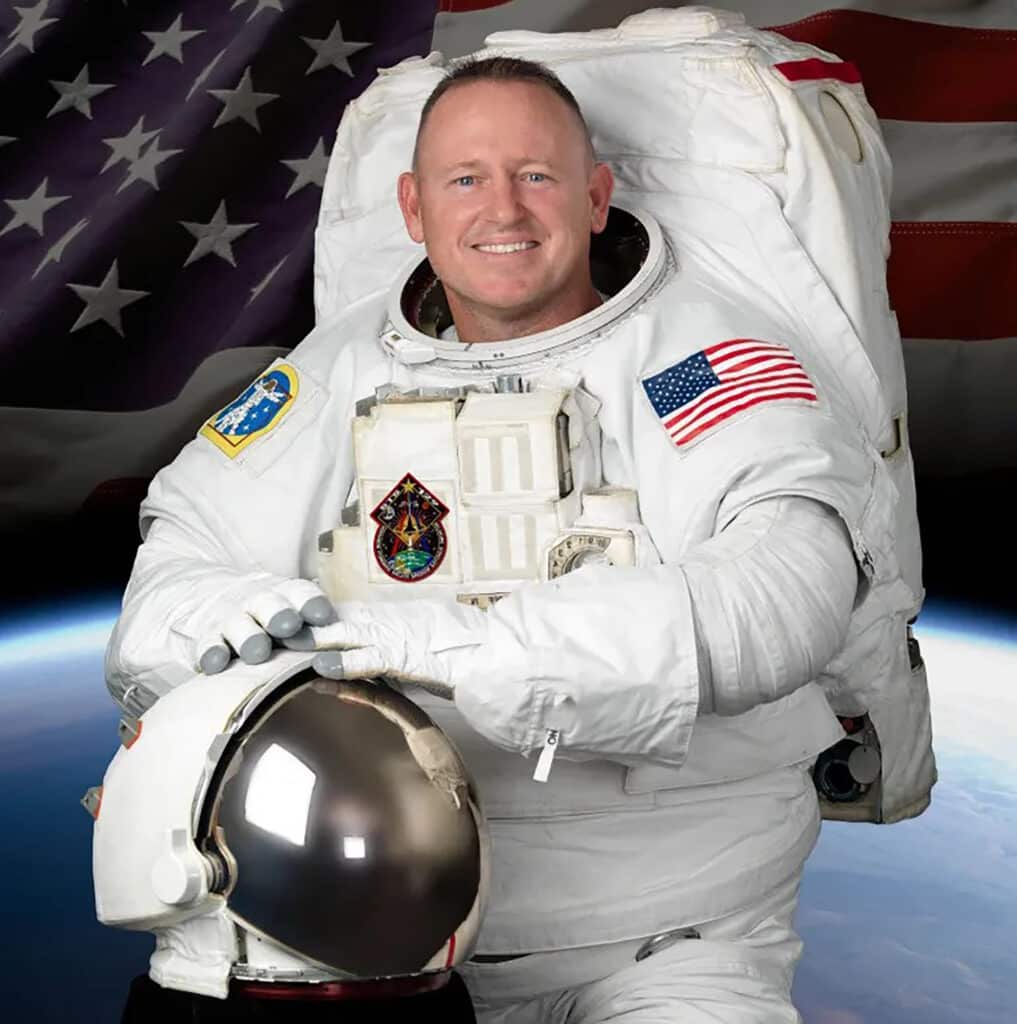</

What’s next after nearly a year stranded in space? For astronaut, a church elders meeting
PASADENA, Texas (BP)—Barry Wilmore attended his first elders meeting in nearly a year at Providence Baptist Church on April 10. His absence was understandable. Wilmore, known by many as “Butch,” had an unexpected extended stay at ...
Explore more Southern Baptist news and history with us.
Discover our online home of Texan Newsjournal editions from years past.

Contact Us
PO Box 1988
Grapevine, TX
76099-1988
817-552-2500
877-953-SBTC toll-free
Quick Links
Current Events. Relevant Topics. Gospel Stories.
|
DALLAS?Robert Orr expected that some people attending the bioethics conference at Criswell College might chuck rotten tomatoes at him. Nothing was thrown, but likely he surprised them with his view that end-of-life decisions are not always as morally clear as some believe. Orr, a physician and bioethicist at the University of Vermont medical school, is a Christian pro-lifer and an outspoken opponent of euthanasia and physician-assisted suicide. He is the clinical director of The Center for Bioethics and Human Dignity, a bioethics think tank and one of the cosponsors of the conference, “Cutting-Edge Bioethics: Human Life on the Line.” But his views on artificially administered feeding and hydration?that such treatment is sometimes inappropriate?pits him against some other pro-lifers. Orr, speaking during an afternoon session, told the conference that after-lunch lectures are conducive to napping. “I’m actually hoping that some of you do fall asleep this hour. Because I’m going to say some things that some of you don’t want to hear. In conversations and so on I’ve gotten the idea that some of you have already decided on some issues that I think are not necessarily already decided.” In the cases of persons such as Terri Schiavo?the severely disabled Florida woman who died this year after fluids and nutrition were removed?Orr said family members nearly always make the right decision on what the patient would have wanted regarding extraordinary life-extending treatment. But such decisions are best made at the bedside, not in the courts, he said. Orr said removal of artificially given food and water?with proper family or patient directives?is appropriate where continued nutrition extends life but does not enhance the patient’s recovery chances. Removal of fluids, done with constant moistening of the mouth and with pain relief, is often preferable to extended suffering for terminal patients and sometimes may be the ethical choice, he argued. Orr used a graph to explain the “trajectory of death.” Some people die suddenly (accidents or heart attacks), some die predictably (terminal illness) and others “dwindle,” as many elderly people do. But the most complex ethical decisions, Orr said, arise from cases of people with chronic disease. They spiral downward, improve, worsen, and improve again. “There’s crisis after crisis?you never know which one will be fatal. And so the uncertainty of how they’re going to do really colors the issue of how you make decisions in these circumstances.” Because medicine can prolong life much more than in previous generations, new issues arose in the 1970s and ’80s along with a slew of publicized court cases that centered on medical ethics and patient and family rights. “Some of these media cases resulted in decisions about different types of treatment,” Orr said, citing specific cases such as that of Karen Ann Quinlin, where a ventilator was removed. “Bottom line is that it’s OK sometimes to use less than maximal treatment even if that means sometimes the patient will die. This change in approach led to advance directives, hospice, palliative care?very positive things.” Orr cited eight things bioethicists learned from court cases between 1976 and 1990. 41. A competent patient has the right to refuse even life-prolonging treatment. 42. Incompetent patients have the same right and a surrogate may exercise that right. 43. The family is the presumptive surrogate, except in Britain where physicians make the call, sometimes with the family’s influence. 44. Courts are inappropriate places to settle end-of-life issues. |





